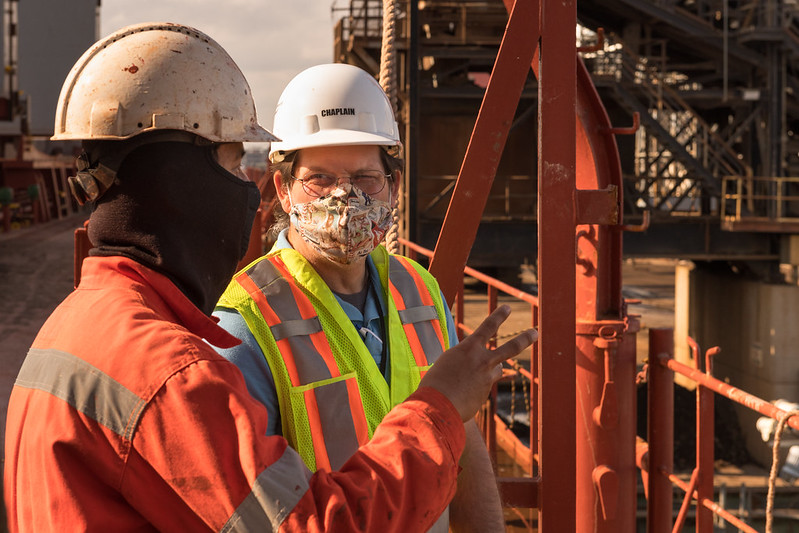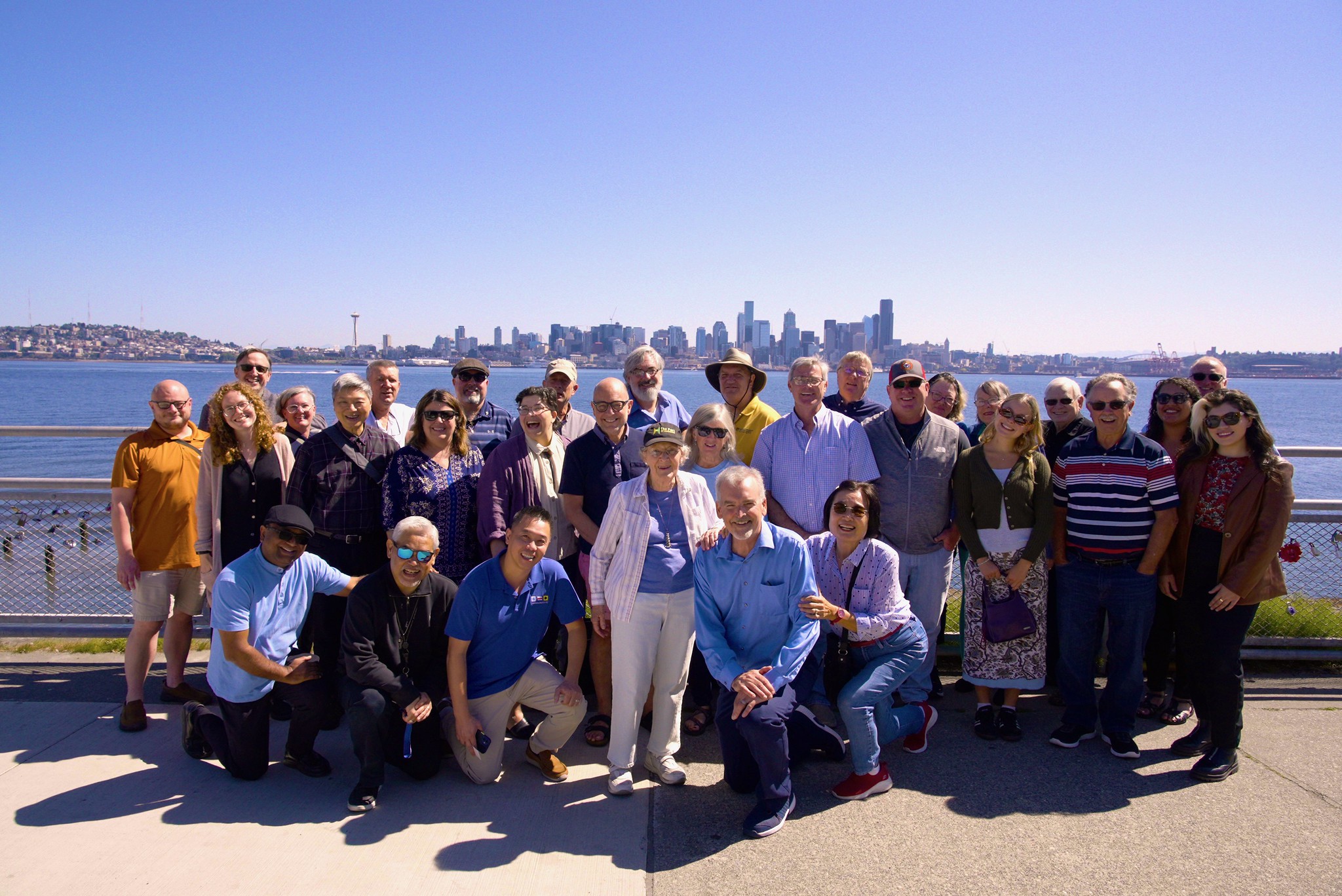A collection of chaplains and ministry directors talk frankly about what may be ahead. Will fundraising be as difficult as 2020? It will be different.
Reverend Philip Vandercook, Executive Director of Global Maritime Ministries in New Orleans, steps back when responding. His broad lens sees a world that has suffered and continues to feel the residue of the pandemic. People are still hurting. Lives have been disrupted. Businesses have dissolved. Family members have died. And people are longing for fellowship. This is true within our community of chaplains as well as among our supporters.
“What you do and how you respond during a crisis makes the difference. A lot of thought has to go into what we do and how we do it,” he suggests. “Everything we do is about relationships.”
Retaining donor relationships
Steve Finnesy, Executive Director of the Tampa Seafarer’s Ministry now operates a quiet center compared to pre-COVID when the center was a hub of activity among the cruise ship industry. It’s an adjustment.
“I wouldn’t call it loneliness,” he said. “It is a lack of fellowship. There is a lot less interaction and we have no conferences.
I try to use this time to maintain and strengthen the relationships I have within the port and in churches by adding value to these communities. We don’t want them to forget about us.”
It is not merely what they remember, but what they hear today about the work we are still doing.
Patricia Sarazen, Administrator of the Montreal Ministry to Seafarers breaks down her viewpoint on fundraising. She held a virtual bike-a-thon this year and is exploring additional avenues of funding. Both come from a main basepoint.
“I understand the stress of needing to raise funds, but it comes down to relationships. We need to get back to the understanding that people with needs and people who want to meet these needs are on the same planet,” she said.
Sarazen elaborates. The first involves investing in people. Listening to others helps us determine who they are, what their desires are, and why they may want to give. The second is aligning a donor’s desire to give with the work of your mission.
She illustrates her point in the story of Darlla, who visited the Montreal center out of curiosity. Sarazen shared lunch with Darlla and explained the work of the mission. That one conversation with one person led to a regular monthly donor since 2018.
From Fear to Hope
Prior to this we may need to review what our mission is.
Bob Carter is an experienced and recognized expert in the areas of Institutional Strategy and Philanthropy. During the past four decades, Bob has helped strengthen a variety of organizations throughout the world by helping them overcome challenges and capitalize on opportunities to be successful. He understands and has developed keen insight into human behavior and the human heart. Regarding the COVID-19 talking points donors are likely hearing often, fear is not a motivational emotion.
“We want to change our narrative,” said Carter. “We want to move away from fear and toward more hopeful optimistic messages, always positioning for things to come. That’s contagious. People react to that.”
This is not simply a change of verbiage, it is a strategic way we begin to think and believe about the work we do and the plans we decide to employ moving forward.
“These are moments good leaders live for,” said Carter. “Leaders require a steady hand at the wheel, and a firm commitment. We live to take care of the agency when they need us most.”
One key Carter offers is to over communicate with our donors with compassion and empathy, yet confirming that our mission is still of value, still here, and still needs them. Use a variety of avenues from social media to personal phone calls.
Keeping it personal
Jurgen Schroder, former seafarer and CEO of Schroder Marine in Houston, Texas, shared his concern for seafarers with a table full of buddies over a beer. Among the regulars was 44-year-old Reiner Wiederkehr, CEO, Fracht USA. From that conversation developed a relief project with Fracht USA, an international freight forwarder in Houston. Fracht and Schroeder Marine Services, Inc. in partnership with the Houston International Seafarers Center are providing relief to seafarers including phone cards, recreational items on board and ways to reduce mental fatigue. Aligning the needs of seafarers stranded on ships due to the pandemic and businessmen who felt a need to respond, raised $60,000 in two weeks.
Schroder is a 32-year board member of the Houston center.
“I just tell them my personal experience,” said Schroder. “Speak from your own experience. They will listen.”
Keeping our stories personal is a valuable piece to the fundraising puzzle.
Who is the best voice to tell the story? Carter encourages nonprofits to do an asset review. Investigate without reserve. Identify your very strongest points and very strongest people in your ministry. Discover what the three things you do best are and “sell the dickens out of it.”
Be prepared to pivot. Be creative. Find out who are the rock stars, who are the articulate among us. It may not be the CEO, it may be a volunteer. Find these people and create script if needed. Give those with passion a podium. You need to give donors the best you have.
Opportunities continue to present themselves. Networking with leadership partners on how to invoice ships, write grants, build foundations or create Legacy options for donors to remember the work of the mission with end-of-life giving are available to us.
The consistent factor in the mix of the COVID challenges is that seafarers are still on ships, missions are still engaged in meeting their needs, though modified, and creative methods to generate funds are working as we adapt and cooperate.
Photo: A chaplain of Seafarers’ Friend – Boston speaks to a seafarer. David Rider. Flickr NAMMA.





